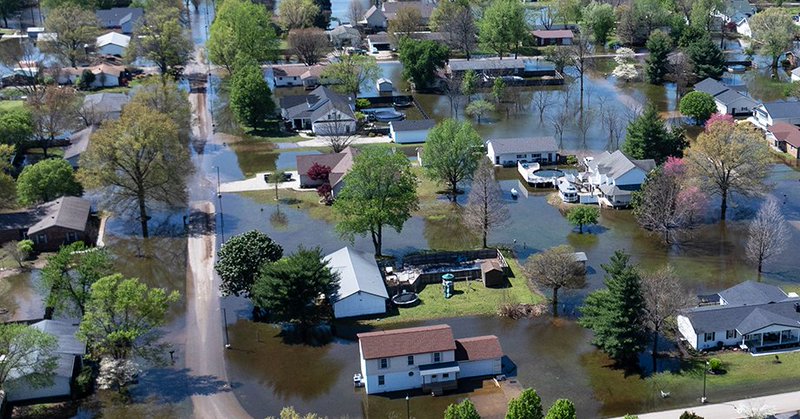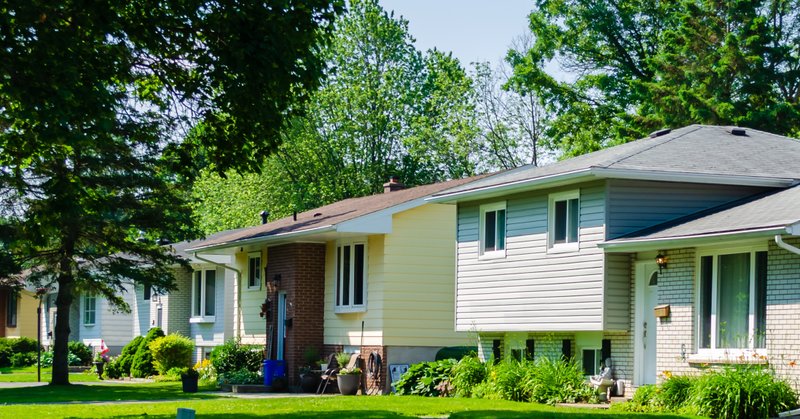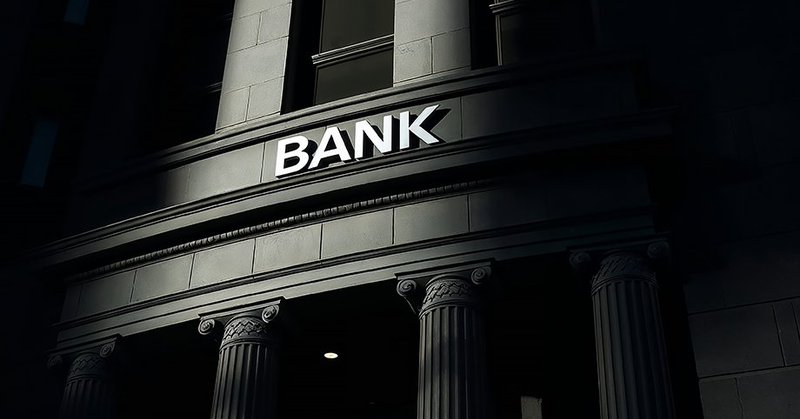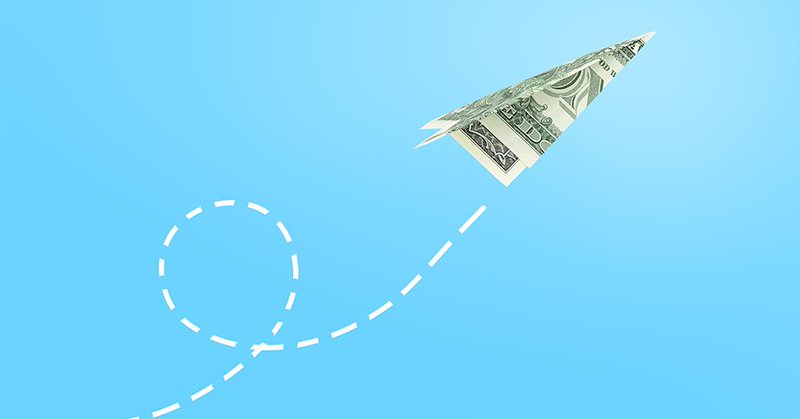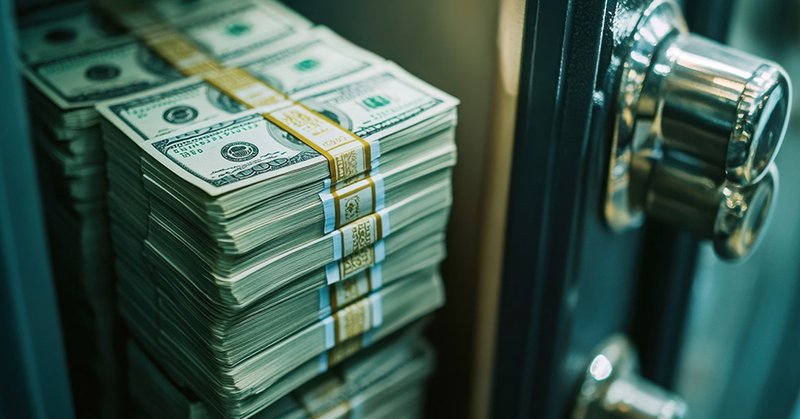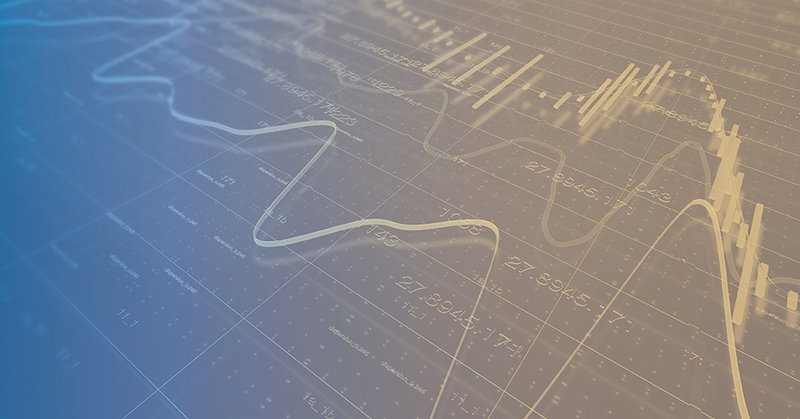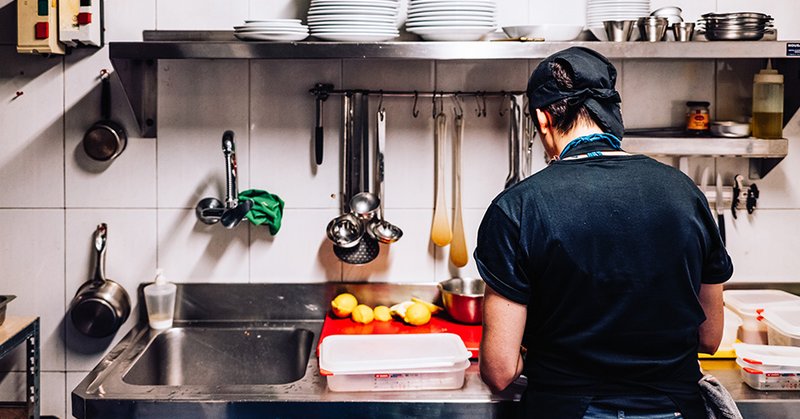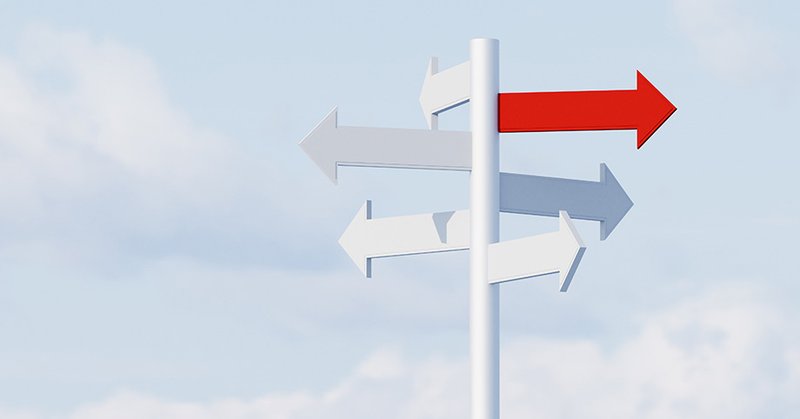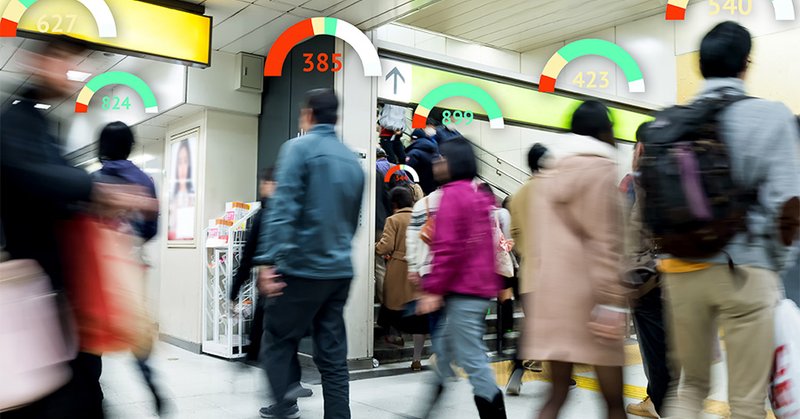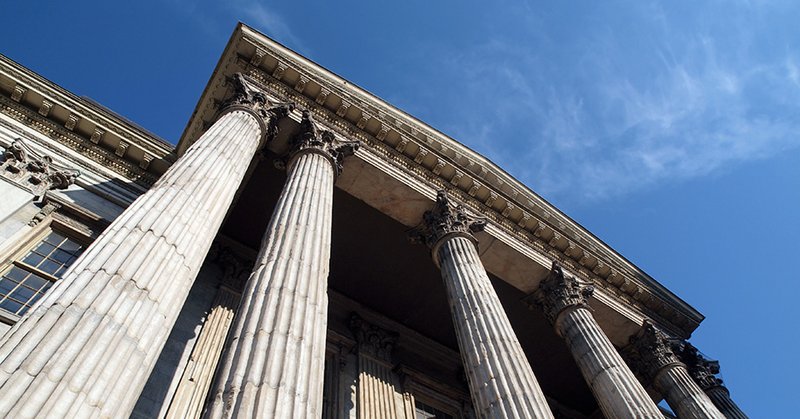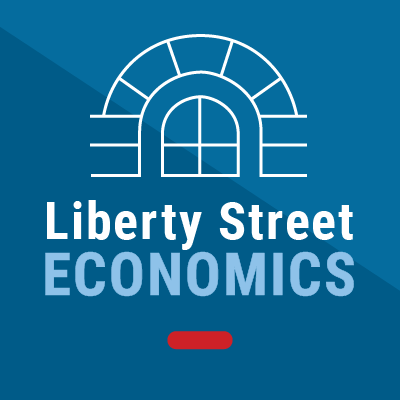
Liberty Street Economics
@LibertyStEcon
Followers
17K
Following
0
Media
58
Statuses
2K
Insight and analysis from @NewYorkFed economists working at the intersection of research and policy.
New York, NY
Joined May 2011
Who Is Still on First? An Update of Characteristics of First‑Time Homebuyers. By Donghoon Lee and Joseph Tracy.
libertystreeteconomics.newyorkfed.org
A look at the characteristics of first-time homebuyers and their resilience since the COVID-19 crisis.
0
0
1
Flood Risk and Flood Insurance.By Kristian S. Blickle, Evan Perry, and João A.C. Santos.
libertystreeteconomics.newyorkfed.org
A look at the state of the flood insurance market and how mortgage lenders manage their exposure to flood risk.
0
1
1
A Check‑In on the Mortgage Market. By Andrew F. Haughwout, Donghoon Lee, Jonathan Lee, Joelle Scally, and Wilbert van der Klaauw.
libertystreeteconomics.newyorkfed.org
A look at the Quarterly Report on Household Debt and Credit for 2025:Q2 from the New York Fed, focusing on the landscape of the current mortgage market.
0
0
1
How Shadow Banking Reshapes the Optimal Mix of Regulation. By Kinda Hachem. >>>
libertystreeteconomics.newyorkfed.org
A look at the optimal mix of prudential tools for bank regulators, including how they approach banks that have employed shadow banking.
0
0
0
Who Lends to Households and Firms?. By Nina Boyarchenko and Leonardo Elias. >>>
libertystreeteconomics.newyorkfed.org
A look at the differences between the financial sector’s lending to households and nonfinancial firms.
0
1
0
The latest from @LibertyStEcon . The Rise in Deposit Flightiness and Its Implications for Financial Stability. By Kristian Blickle, Jian Li, Xu Lu, and Yiming Ma. >>>
libertystreeteconomics.newyorkfed.org
A look at deposit flightiness, or the risk of deposits rapidly leaving banks, and how it may evolve in response to central bank policies.
0
0
0
The Rise in Deposit Flightiness and Its Implications for Financial Stability. By Kristian Blickle, Jian Li, Xu Lu, and Yiming Ma. >>>
libertystreeteconomics.newyorkfed.org
A look at deposit flightiness, or the risk of deposits rapidly leaving banks, and how it may evolve in response to central bank policies.
0
2
2
The Fed’s Treasury Purchase Prices During the Pandemic. By Ellen Correia Golay, Maximilian Dunn, Michael J. Fleming, Peter Johansson, Isabel Krogh, Or Shachar, and Joshua Younger. >>>.
libertystreeteconomics.newyorkfed.org
A look at the execution quality of the Federal Reserves purchases made in March 2020 to address the market disruptions caused by the pandemic.
0
0
1
The Zero Lower Bound Remains a Medium‑Term Risk. By Sophia Cho, Thomas M. Mertens, and John C. Williams. >>>
libertystreeteconomics.newyorkfed.org
A look at the perceived risk of interest rates returning to the zero lower bound (ZLB) in the future.
0
0
2
Financial Intermediaries and the Changing Risk Sensitivity of Global Liquidity Flows. By Stefan Avdjiev and Linda S. Goldberg.
libertystreeteconomics.newyorkfed.org
A look at how the sensitivity to risk of global liquidity flows changed following the global financial crisis (GFC).
0
1
1
Reserves and Where to Find Them. By Gara Afonso, Marco Cipriani, JC Martinez, and Matthew Plosser. >>>
libertystreeteconomics.newyorkfed.org
A look at how non-confidential data can be used to investigate important questions by providing publicly available proxies for bank-level reserves.
0
0
0
The New York Fed DSGE Model Forecast—June 2025. By Marco Del Negro, Ibrahima Diagne, Pranay Gundam, Donggyu Lee, and Brian Pacula. #AMEC .
libertystreeteconomics.newyorkfed.org
An update of the economic forecasts generated by the NY Fed's dynamic stochastic general equilibrium (DSGE) model--forecast and its change since March 2025.
0
0
4
Are Businesses Absorbing the Tariffs or Passing Them On to Their Customers?. By Jaison R. Abel, Richard Deitz, Sebastian Heise, Ben Hyman, and Nick Montalbano. Findings from our May survey of businesses in the New York–Northern New Jersey region. >>>
libertystreeteconomics.newyorkfed.org
A recent New York–Northern New Jersey business survey finds that most businesses passed on at least some of recent higher tariffs to their customers.
0
0
1
How Much Does Immigration Data Explain the Employment‑Gap Puzzle?. By Richard Audoly and Roshie Xing. >>>
libertystreeteconomics.newyorkfed.org
A look at whether undocumented immigration has played a role in the recent increase in the gap between nonfarm payroll and household employment numbers.
0
0
1
How Uncertain Is the Estimated Probability of a Future Recession?. By Richard Crump and Nikolay Gospodinov. >>>
libertystreeteconomics.newyorkfed.org
A look at the estimated probability of a future U.S. recession and how much uncertainty there is in recession probability estimates.
0
0
3
Who’s Paying Those Overdraft Fees?. By Gabriel Leonard, Donald Morgan, and Wilbert van der Klaauw. >>>
libertystreeteconomics.newyorkfed.org
The authors survey 1,000 households and find that respondents’ credit risk, not socioeconomics, is the primary predictor of overdrafts.
0
0
1
Nonbanks and Banks: Alone or Together?. By Nicola Cetorelli, Gonzalo Cisternas, and Asani Sarkar. >>>
libertystreeteconomics.newyorkfed.org
A look at nonbank financial institutions (NBFIs) as providers of financial intermediation and how they compete, or cooperate, with traditional banks.
1
0
3
Why Does the U.S. Always Run a Trade Deficit?. By Thomas Klitgaard.
libertystreeteconomics.newyorkfed.org
Persistent shortfalls in domestic savings, requiring funds from abroad to finance domestic investment spending, could be why the U.S. runs a trade deficit.
0
0
3
The College Economy: Educational Differences in Labor Market Outcomes. By Rajashri Chakrabarti, Thu Pham, Beckett Pierce, and Maxim Pinkovskiy. >>>
libertystreeteconomics.newyorkfed.org
A look at how workers with more education are much more likely to be employed and how to improve labor market outcomes for those without college degrees.
1
0
0


